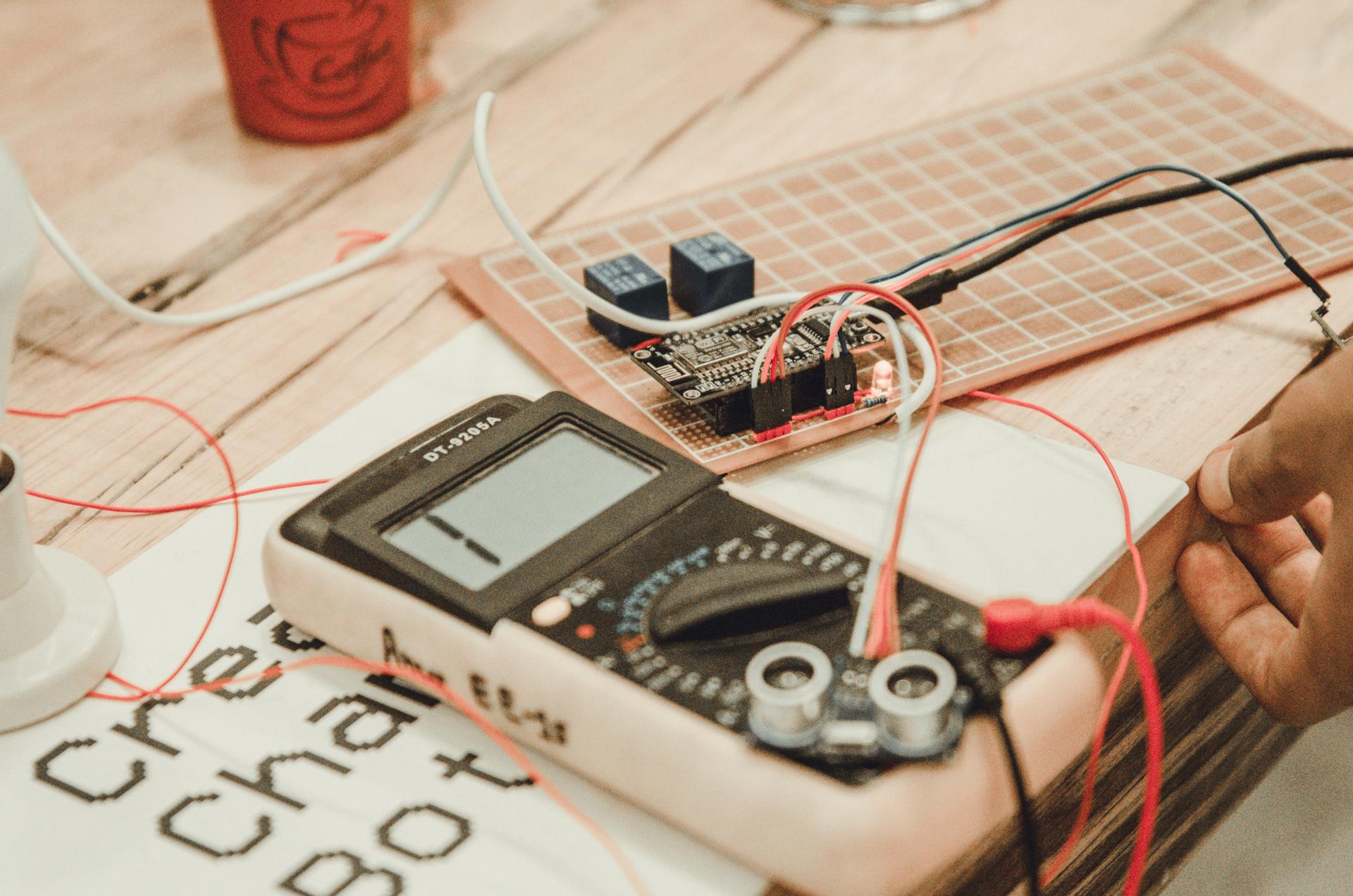Home Electrical Safety: An Overview to Conducting an Electric Safety Test

In the realm of home safety one of the most crucial areas to think about is electrical safety. Electrical safety testing is the process of evaluating the electrical system of your home to be sure that it’s safe and current. In this article we’ll give you information on what the electrical safety tests are, the tools will be required for conducting them, how to perform the tests, and the warning signs to be on the lookout for.
What exactly is what is an Electrical Safety Test?
An electrical safety test is the procedure of examining the electrical system within your home to make sure it’s functioning safely and properly. Electrical safety tests are important as they can in preventing electrical fires and electrical accidents as well as ensure the durability of your electrical system.
Tools Needed to conduct an Electrical Safety Test
To conduct an electrical safety test, you’ll need some essential tools. These include a voltage tester and a continuity tester circuit tester and the outlet tester. The voltage tester is used to check for live circuits, while the continuity tester is used to check for damaged circuits. The circuit tester is used to check for wiring faults and the outlet tester is used to check for wiring problems in the outlets. It is essential to utilize these tools correctly to get exact results.
How to Conduct an Electrical Safety Test
To conduct an electric safety check at your home Follow these steps:
Shut off the power supply to the circuit you’re conducting tests on.
Use your voltage tester to test whether there are live circuits.
Utilize the test for continuity to test for damaged circuits.
Use the circuit tester to check for any wiring issues.
Utilize the tester for outlets to look for electrical problems within the outlets.
During the testing process make sure you look for any evidence of wear or damage on the wiring, such as frayed or broken wires, burn marks and loose wires. If you spot any problems that need attention, you must address them as quickly as you can to avoid potential hazards.
Signals of electrical problems to be Watchful for
There are a variety of warning signs that could signal electrical issues in your home. This includes flickering lights, frequent circuit breaker tripping and crackling or buzzing sounds emanating from outlets. They also include outlet that are hot or discolored, and a burning smell. If you observe any warning indications, you should act immediately to prevent possible electrical hazards.
Conclusion
Tests for electrical safety are vital for ensuring the safety of your home and your family. By conducting regular tests and taking care to address any issues immediately, you can avoid potential dangers to your electrical system and prolong the life of your electric system. If you require assistance with electrical testing or repairs do not hesitate to call Local Electrician Dandenong. Our team of experts can offer you expert advice and support. Contact us via 1300 933 820 to schedule an appointment or request a quotation.
FAQ Section
When should I conduct an electrical safety test at my home?
We suggest conducting safety tests for electrical equipment at least every year.
Can I conduct an electric safety check on my own or do I require a professional?
Although it’s possible to conduct the electrical test yourself, it’s recommended to hire a professional to ensure accurate results and prevent potential hazards.
Which are the top frequently encountered electrical problems found during an electrical safety test?
The most frequently-repeated electrical issues discovered during a safety check are malfunctioning wiring, overloaded circuits and obsolete electrical systems.
What do I do if find an issue during the electrical safety test?
If you discover a problem during the electrical safety test it is important to act immediately. This may involve getting a professional electrician to fix the problem, or replacing faulty equipment.
